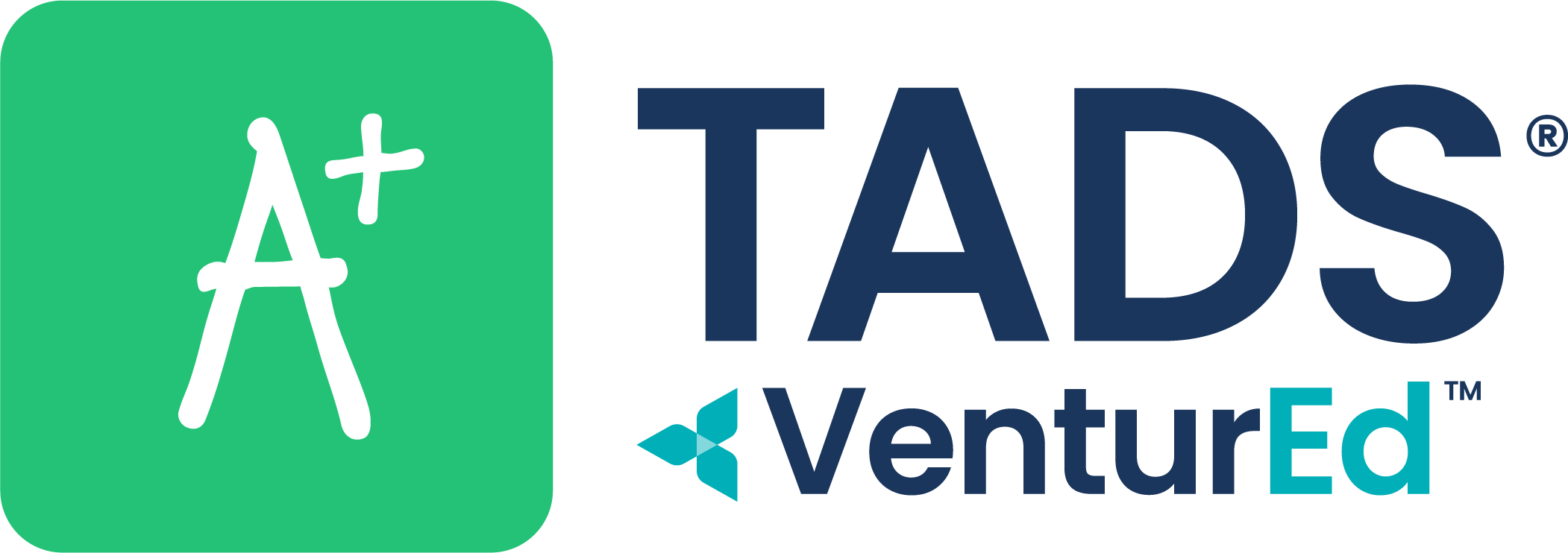
The average cost of tuition at a private K-12 school was $12,350 in 2023, according to data from Education Data Initiative. Year over year, tuition and other school-related expenses can add up quickly—especially for families with multiple children. Mixing in economic challenges such as inflation and a growing cost of living compared to family income may result in more families seeking financial aid in the years to come.
K-12 private schools can stay ahead of the curve by adapting to the fluid nature of financial aid. In this blog post, we’ll explore key strategies for a successful awarding season, from initial communication to data analysis.
1. Keep in Touch Every Step of the Way
Navigating the financial aid process can be a complex and sometimes overwhelming experience for students and their families. One crucial aspect of this journey is maintaining open communication with family members throughout the process. Financial aid involves various forms, deadlines, and requirements—staying in touch with families can provide much-needed support and assistance.
Discussing financial aid options with family members ensures an open dialogue that helps students and their families make informed decisions about the types of aid to pursue, including alternatives such as grants, scholarships, or loans.
After discussing the options, applying for financial aid often involves gathering extensive documentation and meeting strict deadlines. Keeping in touch with families throughout the application process can help alleviate stress and anxiety. Regular communication with family members ensures that nothing falls through the cracks.
Lastly, since families reapply for financial aid every year, staying connected with families throughout their academic journey enables you to discuss any changes in financial circumstances, reassess their aid needs, and explore additional opportunities for them to receive aid.
2. Data-Driven Decision Making: Financial Aid Reporting
Tracking year-over-year financial aid data allows educational institutions to identify patterns and fluctuations in aid distribution among students. By recognizing trends, schools can proactively adjust their financial aid allocation strategies to address emerging patterns and meet their student population’s evolving needs.
For example, a private school may identify an increasing number of families applying for financial aid. This insight could lead to additional community outreach to organizations and donors who could help the school expand its financial aid budget. Or a school may look at demographic trends and identify a gap in the number of multilingual students enrolling at their school. The school could then create an admissions campaign focused on encouraging more multilingual families to apply. As part of this campaign, they include information about how their school offers multilingual support to families throughout the financial aid process. This could reduce barriers to entry and encourage a more diverse school community.
3. Regularly Review and Update Data
Financial aid processes are dynamic, frequently shifting depending on the economy and evolving student needs. Schools can regularly review and update the data they are using for financial reporting, including a year-over-year analysis to see gaps or opportunities for awards. This ensures information accurately reflects their current economic situation, enabling them to make well-informed decisions about their financial aid options.
This commitment to regular assessment and adjustment not only enhances the accuracy of financial reporting, but also enables schools to stay responsive to the fluid nature of economic conditions and student requirements, fostering a more resilient and adaptable financial aid system overall.
4. Offer a Step-by-Step Guide
To simplify the financial aid process, offer families a comprehensive checklist that guides them through each step. This checklist could include completing a Parent Financial Statement (PFS), researching scholarship opportunities, and assessing the terms and conditions of different financial aid packages. Providing a roadmap will empower families to navigate the process with confidence.
5. Update Communications Materials for Transparency in Financial Aid Awarding
Building trust is paramount throughout any financial aid process. To assure families that the process is transparent and equitable, emphasize the confidentiality and security of all family financial documents by referencing the data security standard your school adheres to.
In addition, communicate the steps taken within the financial aid process that ensure a fair and unbiased process. For example, you can include information about the methodology your private school uses to assess candidates, how much aid you typically award annually, and how it is distributed among various demographics
Watch Our Webinar: Navigating the Awarding Process
Navigating the financial aid process requires a partnership between schools and families. Schools can instill confidence in families by fostering open communication, regularly updating financial information, providing a step-by-step checklist, and ensuring transparency and security. As schools collectively work towards making education more accessible, these practices contribute to a smoother and more informed financial aid experience for everyone involved. Watch our webinar, Navigating the Awarding Process: Best Practices for a Successful Financial Aid Season, for more insights.
